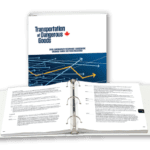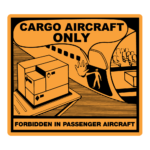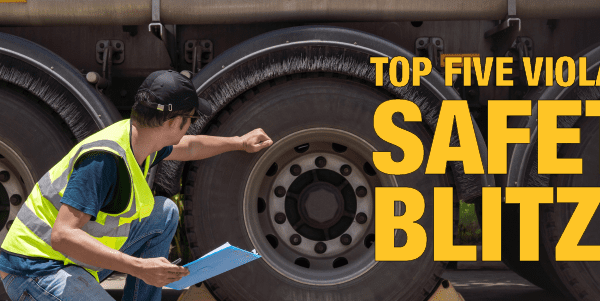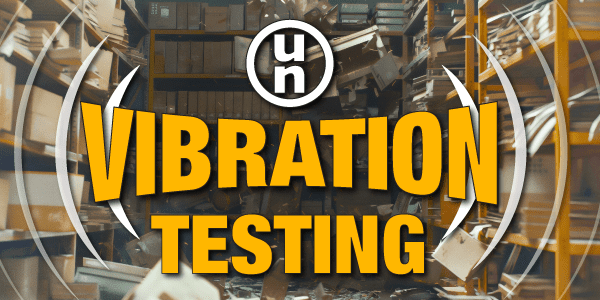
On July 26, 2022, the Pipeline and Hazardous Materials Safety Administration (PHMSA) published their harmonization amendment HM-215P [Docket No. PHSMA-2019-0030 (HM-251P)].
The intention of this final rule is to align the Hazardous Materials Regulations (HMR) with the international regulations and standards. The regulation adopts various changes including changes to proper shipping names, hazard classes, packing groups, special provisions, packaging authorizations, air transport quantity limitations, and vessel stowage requirements.
It is expected that this final rule will facilitate transport and remove hurdles when transporting both domestically and internationally as well as including assist with the transport of medical materials associated with the COVID-19 virus and the anticipated increase in transport of lithium batteries.
Some of the noteworthy changes include:
- Incorporation by reference ICAO, IMDG, UN Model Recommendation, and IAEA (International Atomic Energy Agency)
- Incorporation of new test standards including OECD Test 431 (In vitro skin corrosion)
- Allow Transport Canada temporary certificates for highway or rail transportation
- Hazardous Materials Table (HMT) add, revise or remove certain proper shipping names, hazard classes, packing groups, special provisions, packaging authorizations, bulk packaging, and passenger and cargo aircraft limits
- Update regarding Data Loggers
- Removal of metal wall thickness for certain IBCs
- Allow stabilized fish meal or fish scrap to be transported on a passenger and cargo aircraft
- New UN3549 Category “A” Medical Waste
- Additional packaging’s for UN2211, Polymeric beads, expandable, evolving flammable vapor and UN3314, Plastic molding compound in dough, sheet or extruded rope form evolving flammable vapor
- Revisions to the Lithium Battery section 173.185, including reduction of the size of the Lithium Battery Mark to 100 mm x 100 mm
- Update to the definition of SADT (Self accelerating decomposition temperature) and SAPT (Self accelerating polymerizing temperature): to clarify that the lowest temperature at which these chemical reactions may occur in a packaging, IBC, or portable tank
- Technical name requirements for Marine Pollutants
The full docket can be found at https://www.govinfo.gov/content/pkg/FR-2022-07-26/pdf/2022-15358.pdf
For more information, contact the Regulatory Experts at ICC Compliance Center.
Stay up to date and sign up for our newsletter!
We have all the products, services and training you need to ensure your staff is properly trained and informed.
|
|
 Transportation of Dangerous Goods (TDG) Regulations in Clear Language, English |







